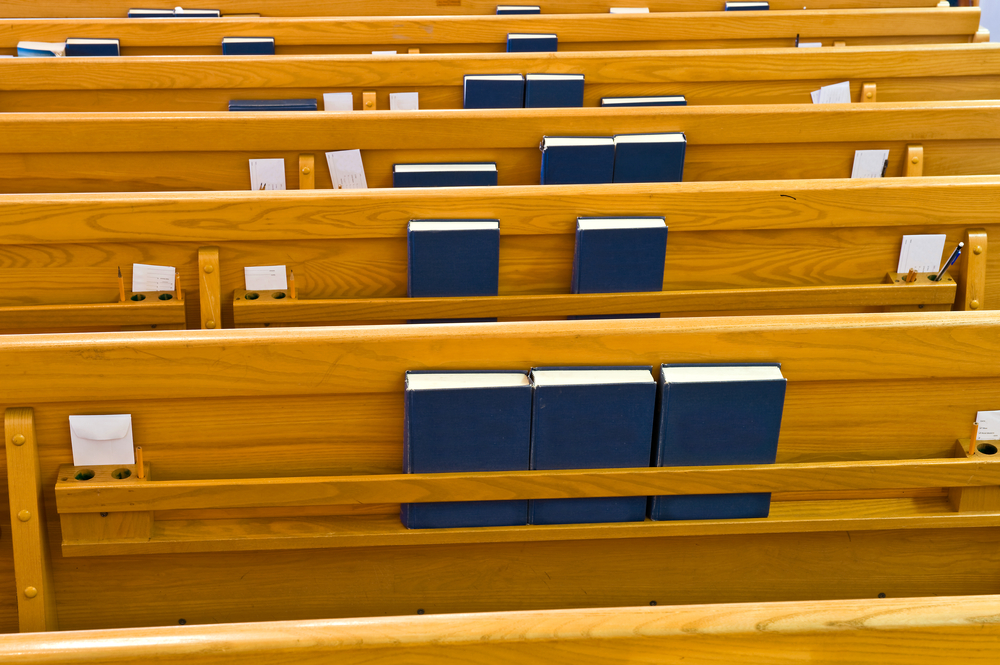There have been a lot of tweets, posts, articles, blog posts and discussions online and at the annual meeting asking this question: What has happened to the Southern Baptist Convention?
The fact is the SBC is not growing at the same pace it used to grow. Our baptisms are down from years before, the convention is on a decline. There must be a reason, there must be someone to blame! Everyone wonders what happened and asks what can we do about it, but are we asking the right questions?
How did we really get so big as a convention?
We are big mostly because we reached the Baby Boomer generation. The Southern Baptist Convention came of age in a time of unprecedented population growth in the USA. The 76,000,000 Baby Boomers born between 1946-1964 drove up the numbers of the SBC membership. This generation single-handedly increased the size of the denomination’s share of the USA total church attendance. Baby Boomers are by far the largest segment of the SBC (approximately 60% of SBC pastors are Boomers).
The history of the SBC parallels the life stages of the Boomer generation. As children they began to be enrolled in SBC church cradle rolls during the “Million More in ’54” campaign. The sheer size of the Boomer generation forced the SBC to adapt to their church ministries with innovations like age-graded Sunday School, church busing, Vacation Bible School, and full-time children’s ministries.
As Boomers became youth, the SBC experienced explosive growth in church-based youth ministry, youth camps, youth musicals, etc. SBC ministries like Baptist Collegiate Ministry (BCM) summer missions, IMB Journeymen programs were at their height of popularity at the same time SBC Boomers were in college.
Many of the current SBC leaders became believers during the Jesus Movement in the 1970‘s and revivals of the 1980’s. When Boomers became parents they flocked together in our mega churches, and even changed the music used in worship services to suit their tastes.
Boomers are older now, and the SBC market has shifted. SBC has grown over the years because we reached mostly white Baby Boomer young families. That group has aged, and the children of Boomers are going to other churches. They are not leaving church; they were not raised to be brand loyal to the SBC.
How can we involve the next generations more effectively in SBC leadership?
A much smaller Generation X (born 1965-1979) and a larger, more ethnically-diverse Millennial generation (born 1980-1996) are taking the lead in the church at large. There happens to be fewer of them involved in the SBC leadership. How can we change that? How can we connect cooperatively with existing churches that reach other generations?
There used to be only a few options for church membership: Baptist, Methodist, Presbyterian, etc. Now there is a proliferation of new churches and increased competition for members from other conservative start-up churches. Visit any of these newer churches, and you will find many people there who grew up in the SBC. Most of these churches are theologically compatible with the SBC. How can we meaningfully affiliate with these churches?
In my opinion, the SBC needs to talk about these questions as much as they need to search their hearts about the other questions that are being asked in the convention.
